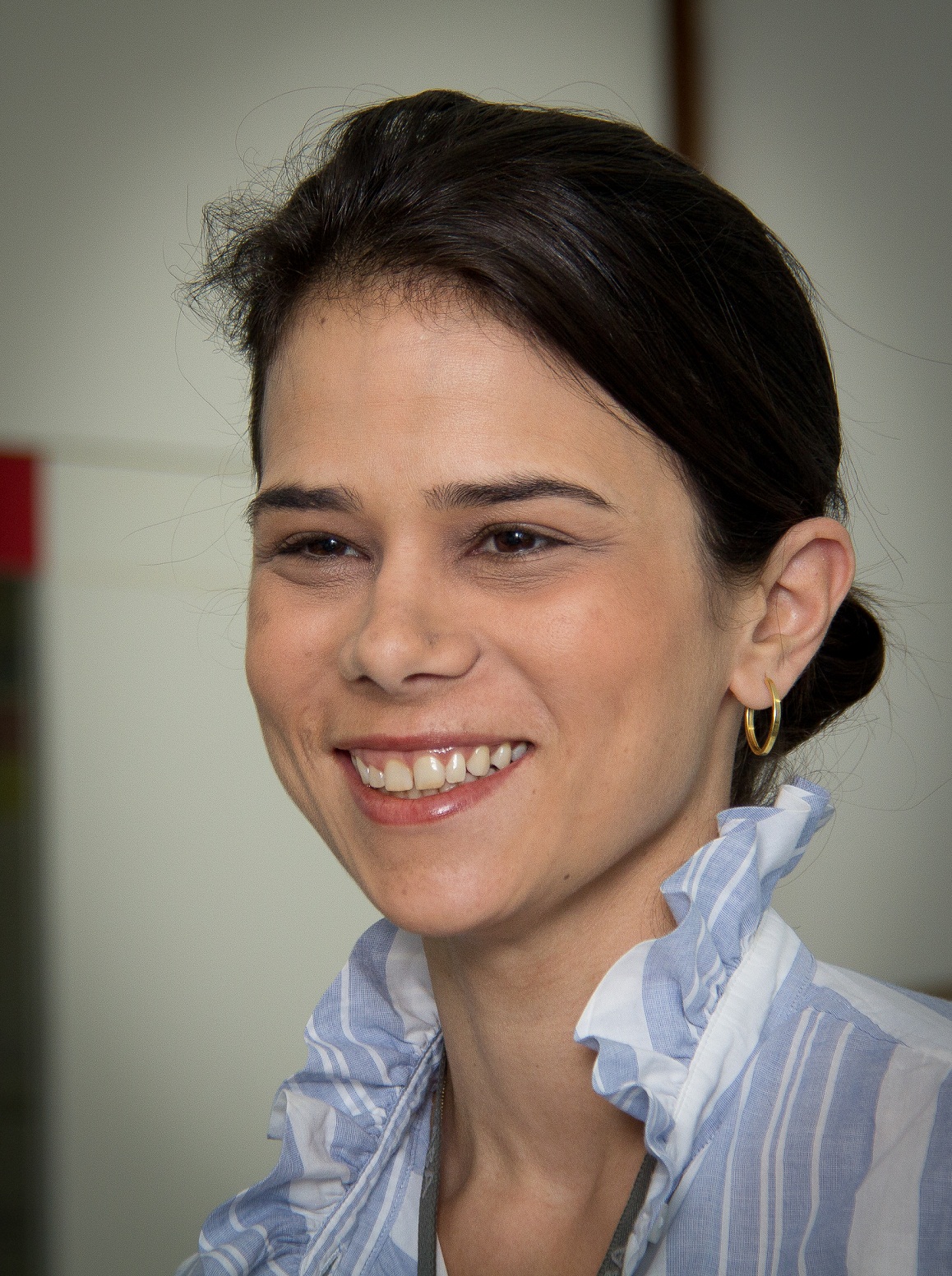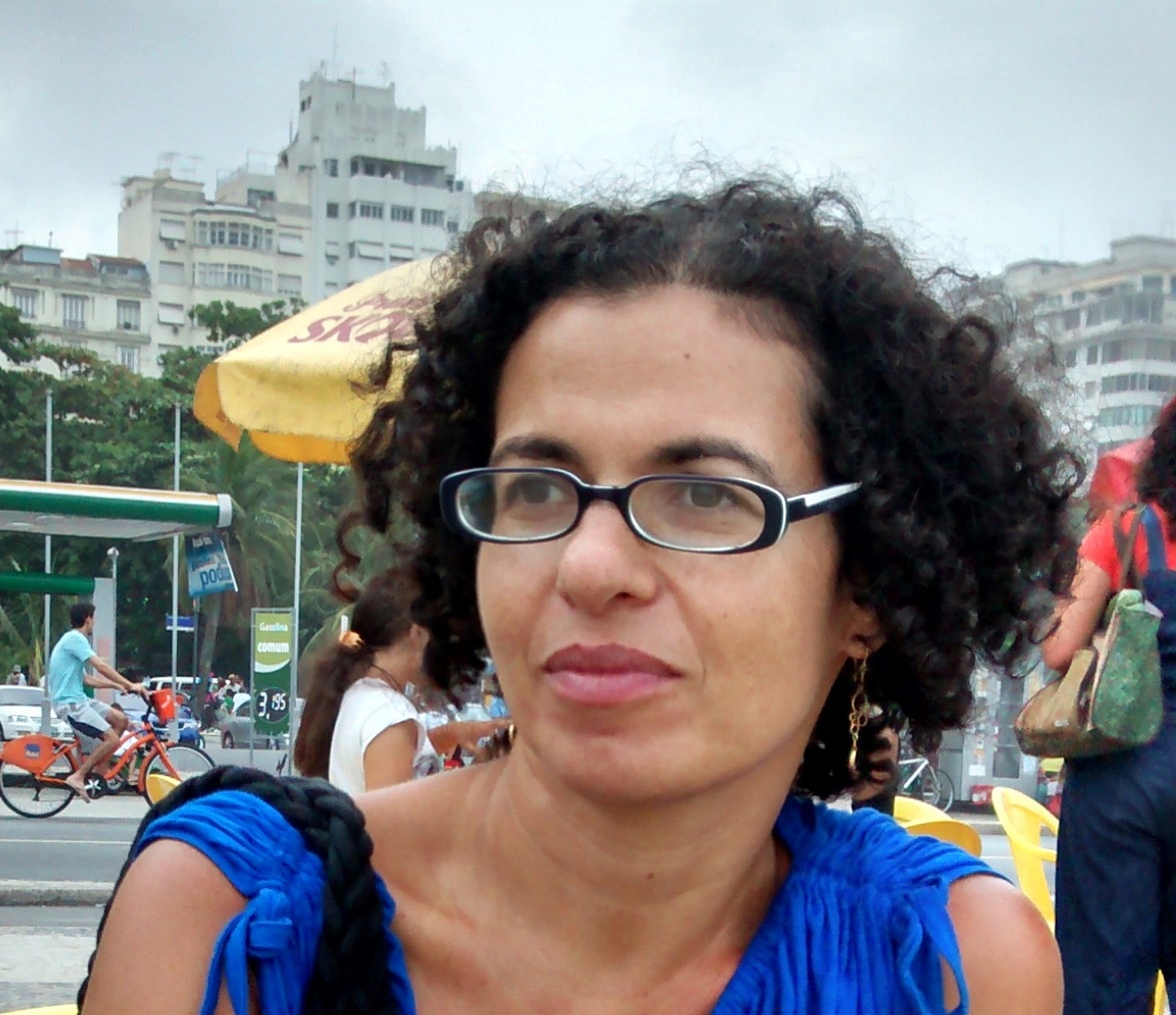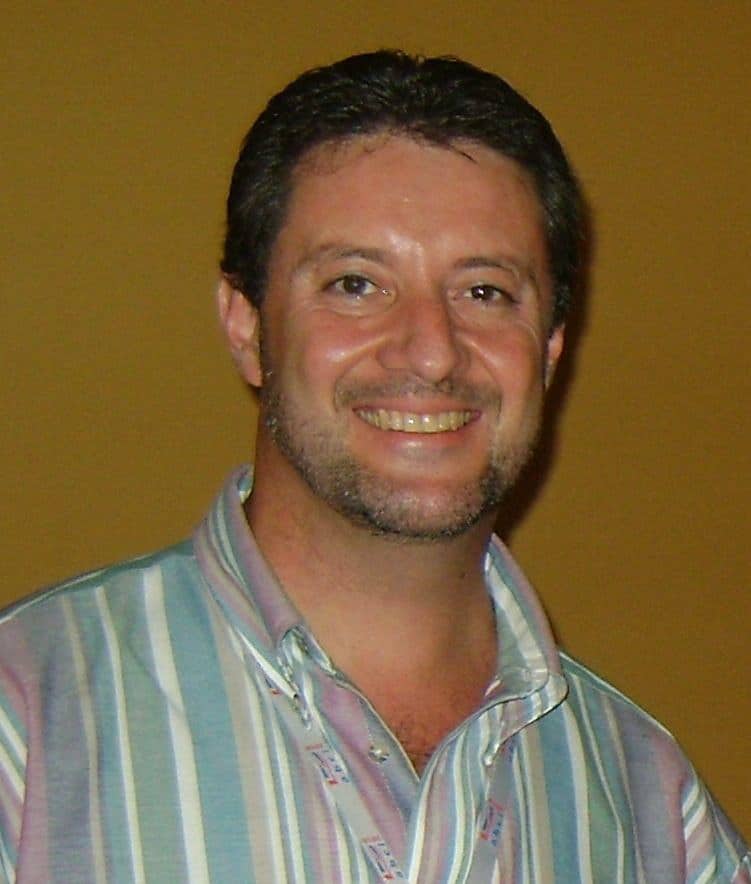Mind the Gap
In a plenary delivered at a symposium in Turkey in December 2012, Lindsay Clandfield talked about education and how things have changed (especially because of technology, globalization and the how both have changed social and work relations and demands.) He talked about how experts, academics and everybody else connected to education said there had to be big changes in education, in the way people teach (because learning has changed, the demands and needs of learners have changed) and that we are on the brink of major changes. Up to this point he had everyone in the audience – including me – nodding and agreeing to what he was saying. However, at this point he showed that we have been in the brink of change for over a decade. He asked us why we were always on the brink but never past it, what we were waiting for the big change to happen. That really hit a button in me and it got me to think about it. It stayed in the back of my mind.
Recently that has been brought back to the very core of my thinking. I’m currently taking a course (online) at Harvard Graduate School of Education about Teaching for Understanding. And in one of the (many) texts I’ve read I heard (or rather read) David Perkins echo the same question, in a broader perspective. He talks about education, not just ELT, but I believe it applies to both (and many other areas of life). He says: “But there is a skeleton in the closet of change. We might call it the gulf between ideas and actions, or for short the idea-action gap. While we are rich with ideas about a better world, very little actually happens on the ground.”(Perkins, 2006)
Teachers who are engaged in Continuous Professional Development read articles, take part in webinars, discussions and attend conferences where we hear a lot about how education has to change and the ideal classroom, how technology is going to be fully integrated into the classroom, the ideal learning etc. But when we get to the classroom very little has changed, and even to those who venture and try to change things, very little room is allowed to such changes. We know where we want to get (or at least I think we do), but how to get there? How to bridge the gap? What are real actions that we are taking to move to the next step?
Maybe it’s time we stop talking so much about ideas and how education needs to change and start proposing and doing things that actually make it change. Unfortunately this does not involve only teachers but a much bigger sphere including government, school managers, parents… But I believe that if we, teachers start taking action, little by little we can transform theory into action.
Reference:
Perkins, D. (2006). From Idea to Action. Course handout of Teaching for Understanding 2 at WIDE
World program developed by Harvard Graduate School of Education. Retrieved from https://learnweb.harvard.edu/wide on February 18, 2014.





